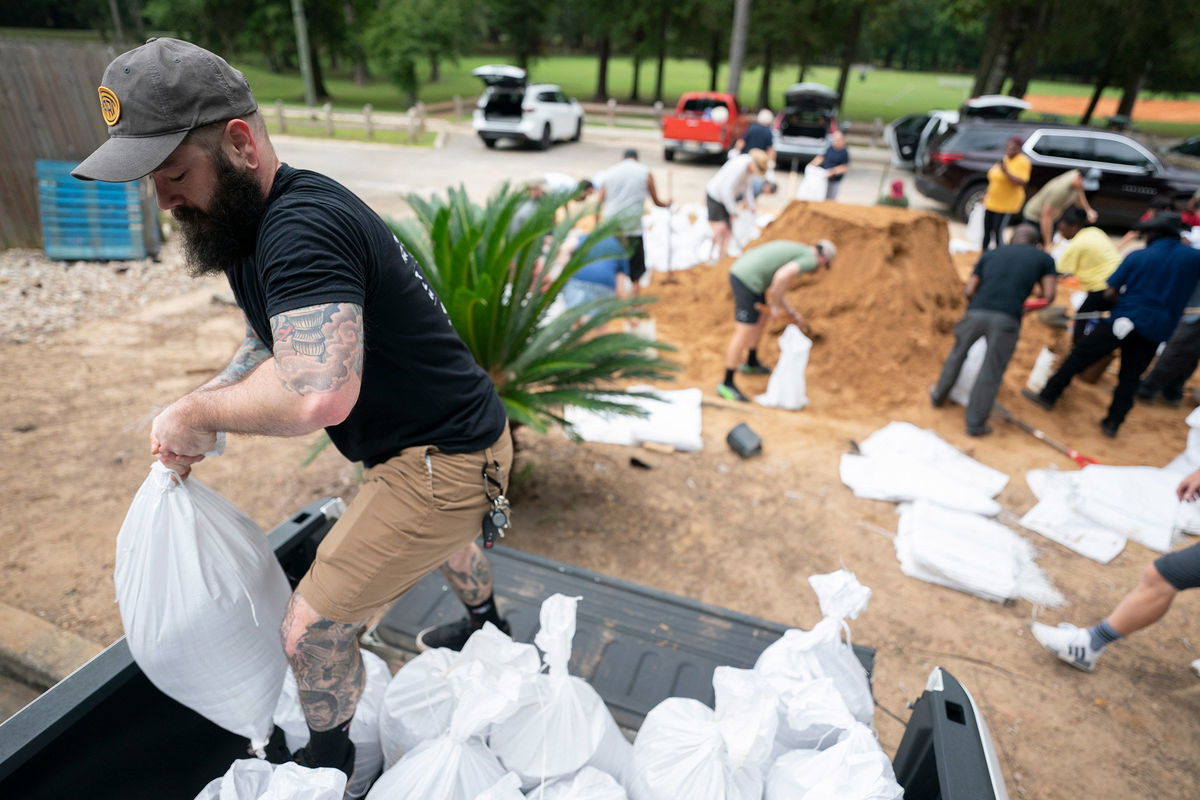Helene is here. Do these 14 things now to prepare

By Brenda Goodman, CNN
(CNN) — If you haven’t prepared already, the time is here. Hurricane Helene is expected to make landfall Thursday night along the Florida Gulf Coast near Tallahassee and then veer north, maintaining hurricane- and tropical storm-force winds and torrential rainfall into North Georgia and up to Tennessee. Up to 18 inches of rain is expected into the Carolinas, the National Weather Service said Thursday.
About 40 million Americans are living under direct hurricane or tropical storm warnings across five states, according to CNN Supervising Meteorologist Brandon Miller.
In most areas, the brunt of the storm will hit overnight. This requires special preparations.
“If somebody’s going to bed at 9 or 10 o’clock tonight, it may seem like it’s not so bad. It’s just a little breezy, maybe 20- to 30-mile-per-hour winds and rain. But by 2 or 3 a.m., those winds are going to be 50 to 60 miles per hour, potentially, and so you need to prepare for that before you go to sleep,” Miller said.
Miller advises turning up the volume on your phone or watch so you can hear any emergency alerts. It’s also a good idea to ensure that those devices are close to you and fully charged. Many areas are expected to lose power overnight, and high winds may delay crews from beginning restoration work.
Heavy rainfall may saturate soil and high winds may cause trees to topple, so it’s a good idea to sleep in a part of your house that’s away from tall trees, if you can.
“That’s something people can do: Pick a room in their house that is the most protected from falling debris, and sleep there tonight,” Miller said. In the event that the storm spawns tornadoes, which are likely, Miller advises sleeping on the ground floor in an interior room, away from any windows.
Here are some other things you can do now to get ready and keep your family safe:
- Check the location of your nearest shelters. The Red Cross keeps a map.
- Pack a “go bag” or box. Grab it if you need to leave home quickly. Here’s what should go in it.
- Make digital copies of all important documents. Just snapping a photo of your driver’s license with your phone might be important.
- Secure outside objects. High winds can turn outdoor items into projectiles. Stow outdoor furniture, and move plants inside.
- Stock up on nonperishable food supplies. The Federal Emergency Management Agency says to plan for a three-day supply of food per person and per pet.
- Prepare for how you’ll use that food. Pick grocery staples that won’t go bad if you lose power. Grind your coffee beans, or get instant coffee. Buy shelf-stable milk or individual condiment packets. Consider using paper plates and plastic utensils.
- Keep a basic first-aid kit handy. The Red Cross has some recommendations for what should go into it.
- Have tools at the ready, too. You might need a a Swiss Army Knife or Leatherman-type tool, a wrench or key to turn off utilities or a saw to take care of tree limbs.
- Locate your flashlights, and put fresh batteries in them.
- Fully charge all phones, tablets and computers. Download movies and TV shows to a tablet to save sanity in case of an extended power outage and heavy rains.
- Have a backup power supply for your electronics, like a power bank. Make sure you have charging cables for your devices in your car.
- Fill your gas tank or charge your electric vehicle.
- Prep your generator. If using a backup generator for power, make sure you have fuel for it, and never use it inside the house. Here’s more on using backup generators safely.
- Have a way of getting emergency information that doesn’t need to be plugged in. FEMA suggests battery-powered or hand-cranked radios. If you’ve got a low-bandwidth connection, you can use CNN’s lite site.
The-CNN-Wire
™ & © 2024 Cable News Network, Inc., a Warner Bros. Discovery Company. All rights reserved.
